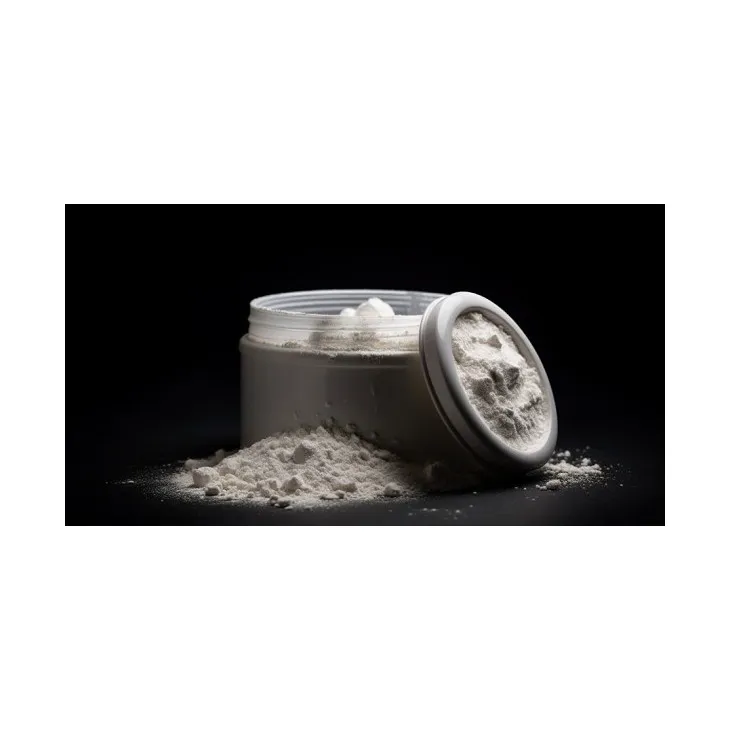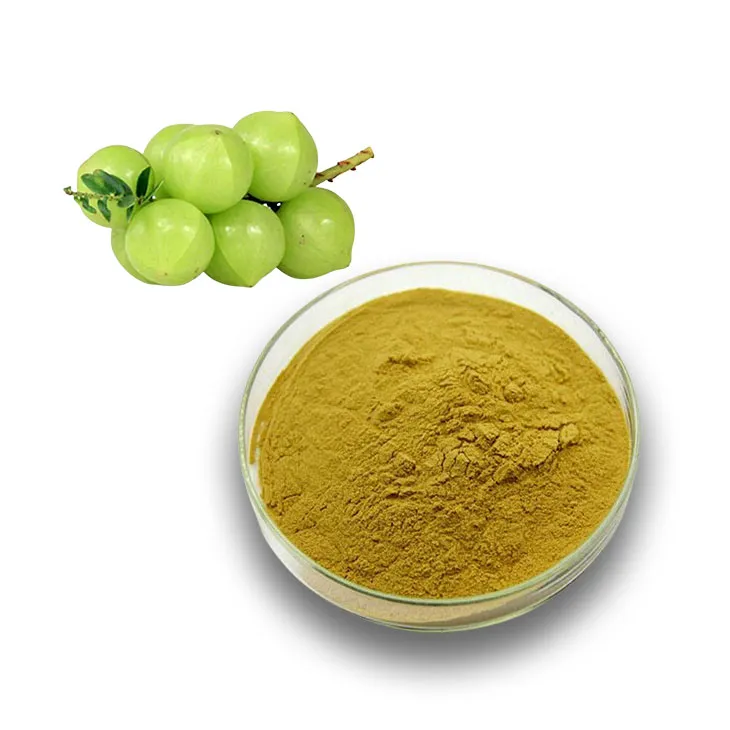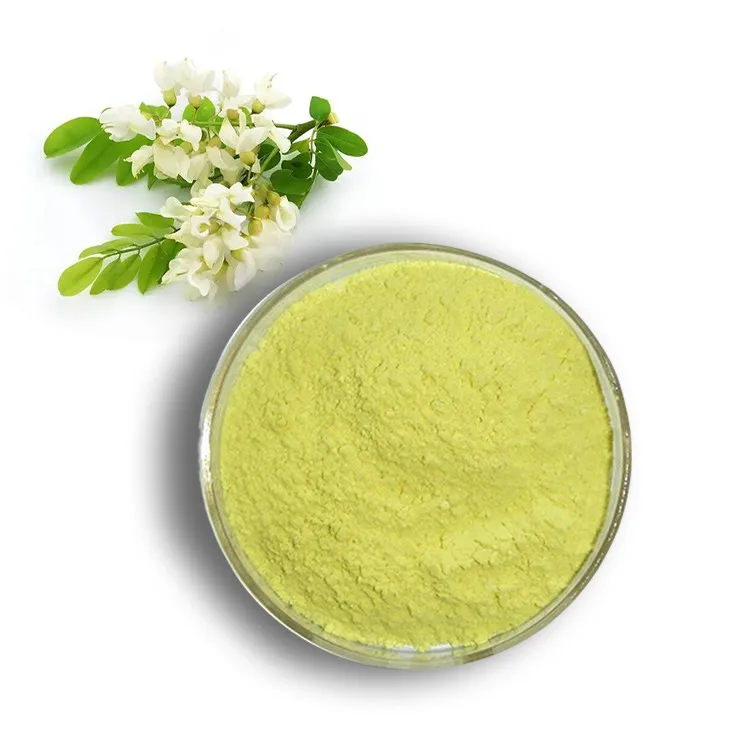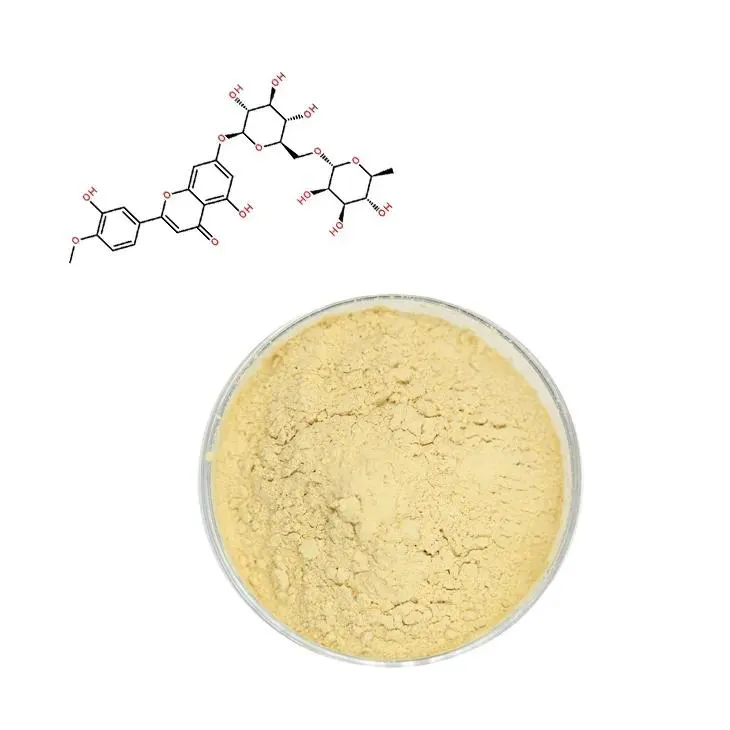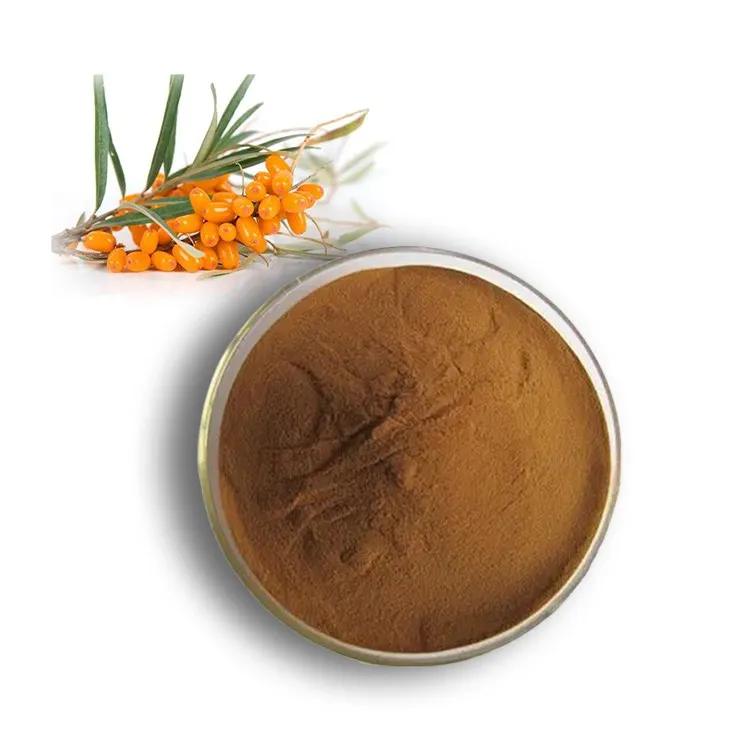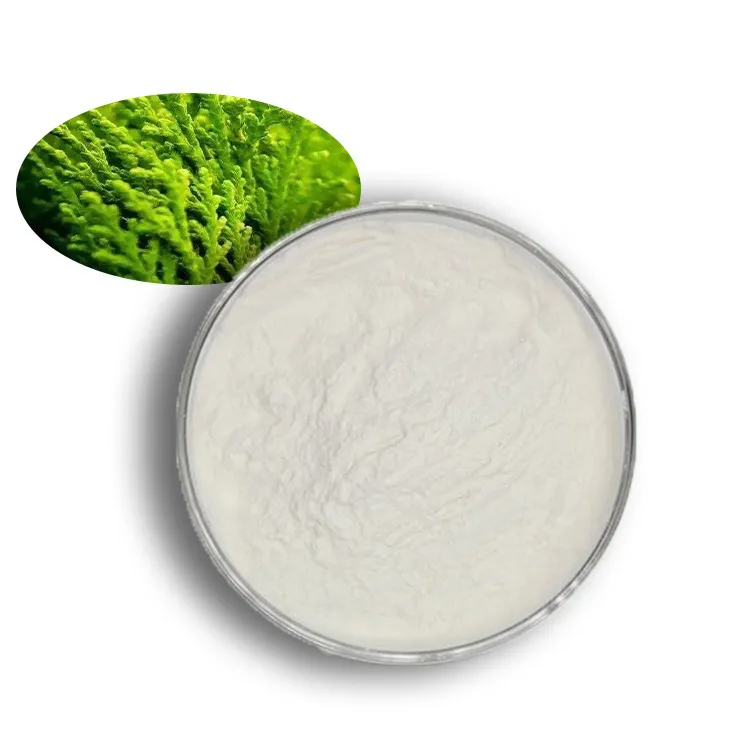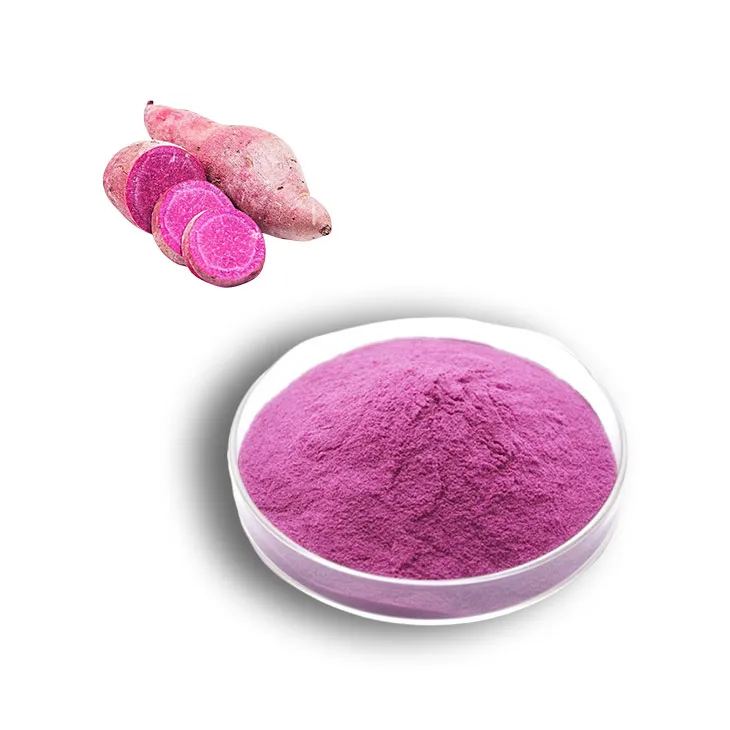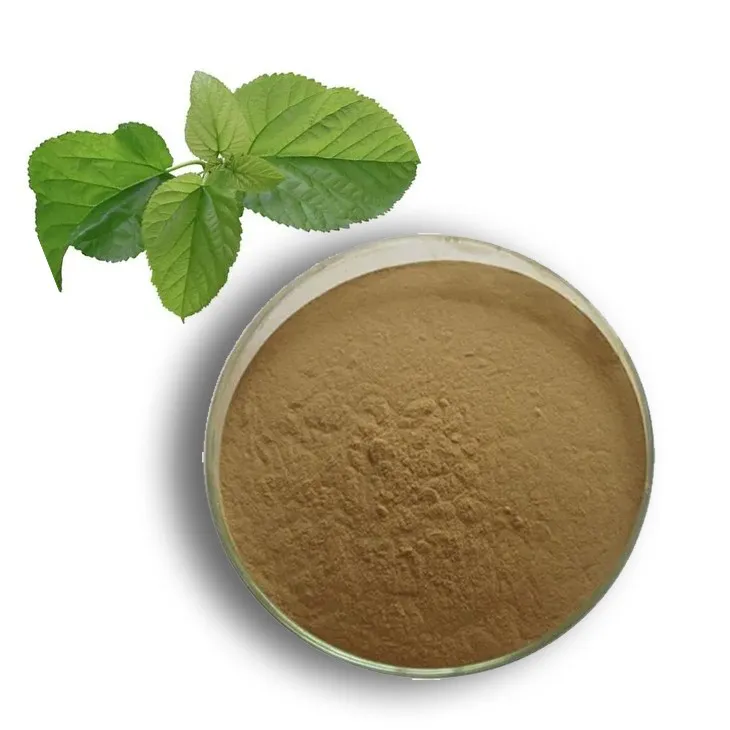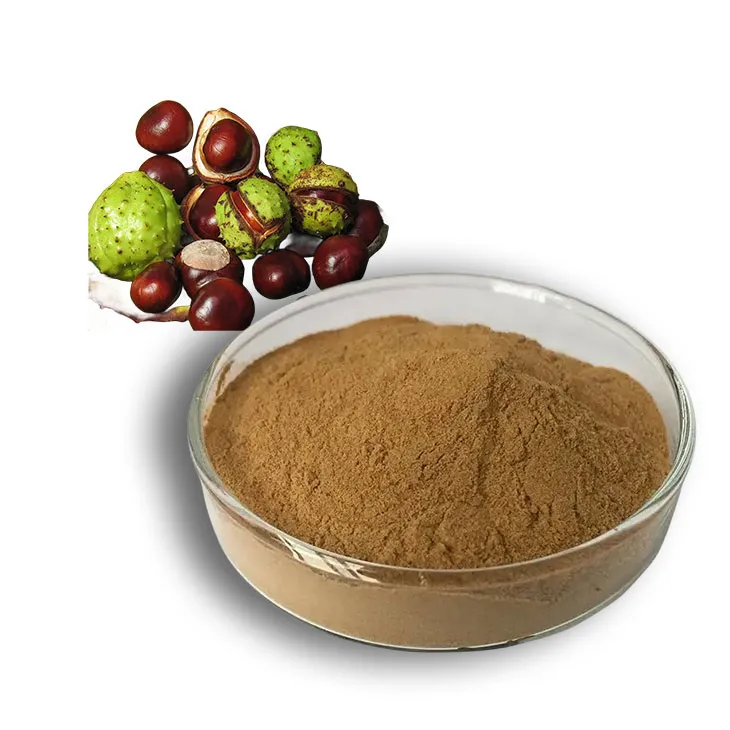- 0086-571-85302990
- sales@greenskybio.com
Four Main Methods for Extracting Peppermint Extract Powder from Plants.
2024-12-10
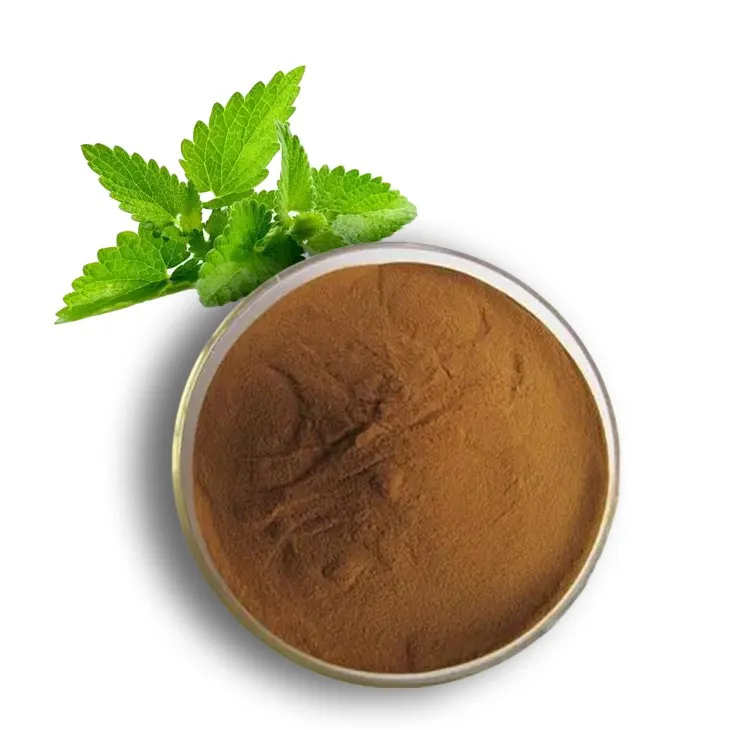
1. Introduction
Peppermint is a well - known plant with a wide range of applications, especially in the fields of food, medicine, and cosmetics. Peppermint Extract Powder is a concentrated form of the active components in peppermint, which retains the characteristic flavor and beneficial properties of the plant. Extracting Peppermint Extract Powder from plants is a crucial process that has been developed over time with different techniques. In this article, we will discuss four main methods: solvent extraction, steam distillation, supercritical fluid extraction, and microwave - assisted extraction.
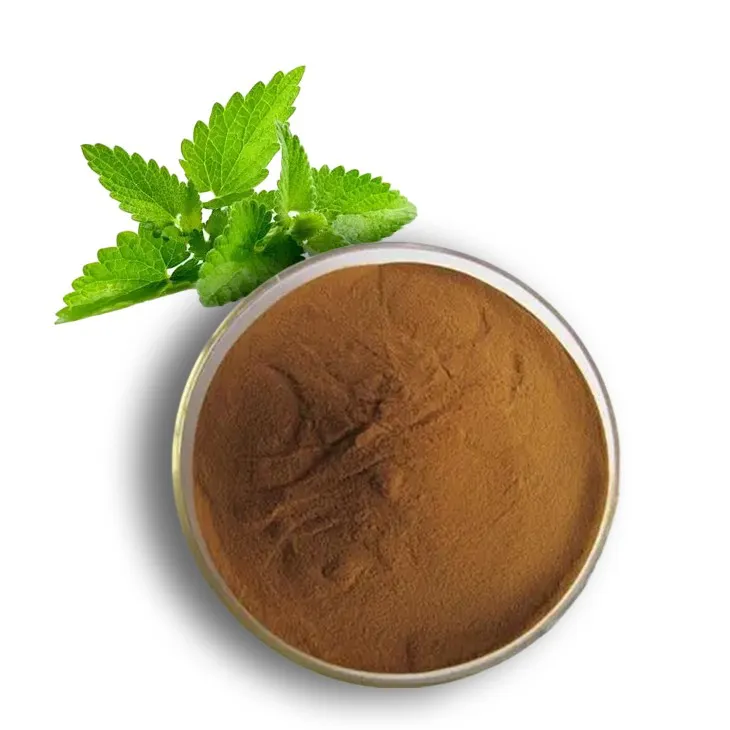
2. Solvent Extraction
2.1 Principle
Solvent extraction is based on the principle of selective solubility. Different components in peppermint have different solubilities in various solvents. The goal is to choose a solvent that can dissolve the desired compounds (such as menthol, menthone, etc.) while leaving behind unwanted substances. For example, organic solvents like ethanol are often used because they can effectively dissolve the essential oil components present in peppermint.2.2 Procedure
- First, the peppermint plants are dried and ground into a fine powder. This increases the surface area of the plant material, allowing for better contact with the solvent.
- The powdered peppermint is then placed in a suitable extraction vessel. A sufficient amount of the selected solvent is added to the vessel.
- The mixture is stirred or agitated for a certain period of time, usually several hours. This helps in the transfer of the soluble components from the plant material to the solvent.
- After that, the mixture is filtered to separate the solid plant residue from the solvent - containing the dissolved peppermint extract. Filtration can be done using various methods such as gravity filtration or vacuum filtration.
- The solvent is then evaporated, either by heating under reduced pressure or other evaporation techniques. As the solvent evaporates, the Peppermint Extract Powder is left behind.
2.3 Advantages and Disadvantages
-
Advantages:
- It is a relatively simple and straightforward method. It can be carried out in a standard laboratory or small - scale production facility with basic equipment.
- It allows for the extraction of a wide range of compounds depending on the choice of solvent. Different solvents can be selected to target specific components of peppermint.
-
Disadvantages:
- The use of organic solvents may pose safety and environmental concerns. Some solvents are flammable, toxic, or require special handling and disposal procedures.
- The extraction efficiency may not be as high as some other modern methods, especially for some heat - sensitive or volatile compounds that may be lost during the evaporation of the solvent.
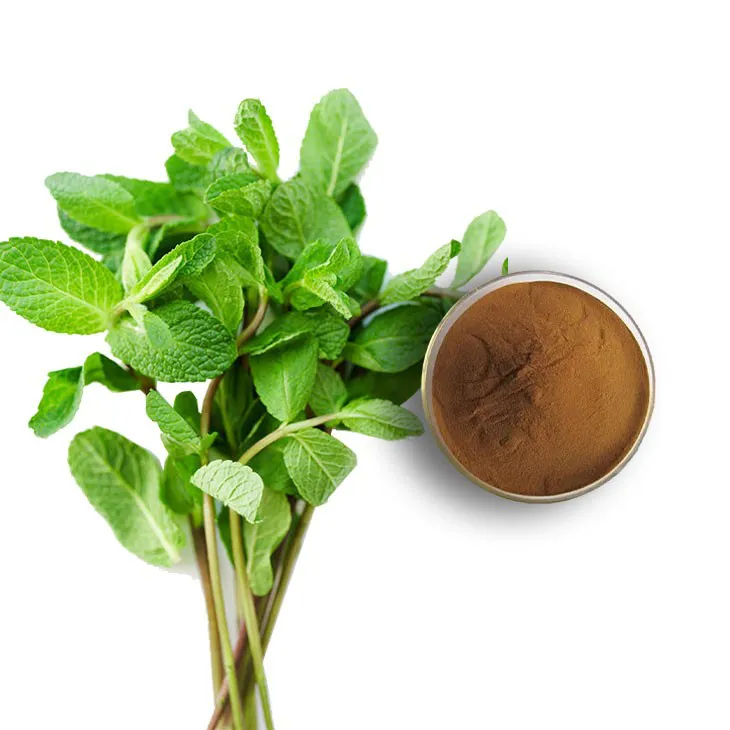
3. Steam Distillation
3.1 Principle
Steam distillation operates on the principle that when steam is passed through the peppermint plant material, the volatile compounds (such as essential oils) in the plant vaporize along with the steam. This is because the total vapor pressure of the mixture of water and the volatile compounds is equal to the atmospheric pressure at a lower temperature than the boiling point of either water or the pure volatile compounds. As a result, the volatile components can be separated from the non - volatile plant matter without excessive decomposition due to high temperatures.3.2 Procedure
- The peppermint plants are first chopped or crushed to expose more surface area. This plant material is then placed in a distillation apparatus.
- Steam is generated and passed through the peppermint material. The steam and the vaporized essential oils form a vapor mixture which rises up in the distillation apparatus.
- The vapor mixture is then condensed back into a liquid using a condenser. The condensed liquid consists of water and the peppermint essential oil, which are immiscible.
- The water - oil mixture is collected in a separator. Since the oil is lighter than water, it floats on top and can be easily separated.
- To obtain the peppermint extract powder, the separated essential oil may be further dried, for example, by using anhydrous sodium sulfate to remove any remaining water, and then evaporated under appropriate conditions to get the powder form.
3.3 Advantages and Disadvantages
-
Advantages:
- It is a well - established and traditional method. It has been used for a long time in the extraction of essential oils from plants, including peppermint.
- It is relatively safe as it uses steam and water, which are non - toxic and environmentally friendly. There is no need for the use of organic solvents which may have potential hazards.
- It can effectively extract volatile components with relatively high purity.
-
Disadvantages:
- The process is time - consuming as it requires a slow and careful distillation process to ensure proper separation of the components.
- It may not be very efficient for extracting non - volatile or semi - volatile compounds in peppermint. Only the volatile essential oils are mainly obtained through this method.
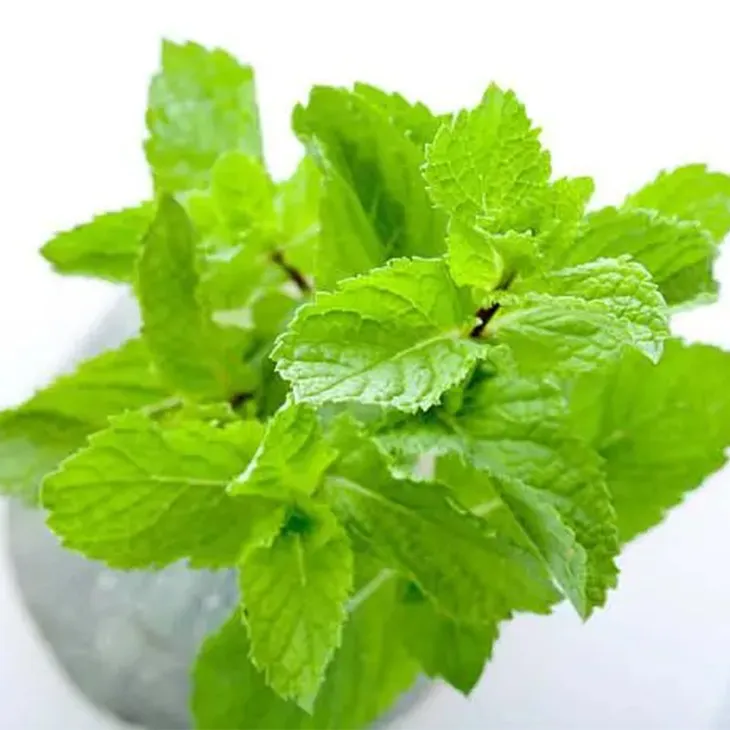
4. Supercritical Fluid Extraction
4.1 Principle
Supercritical fluid extraction utilizes supercritical fluids, which are substances that are above their critical temperature and critical pressure. In the case of peppermint extraction, carbon dioxide (CO₂) is often used as the supercritical fluid. Supercritical CO₂ has properties that are intermediate between a gas and a liquid. It has a high diffusivity like a gas, which allows it to penetrate into the plant material easily, and it has a solvent - like ability to dissolve certain compounds. The solubility of components in supercritical CO₂ can be adjusted by changing the pressure and temperature conditions.4.2 Procedure
- The peppermint plant material is prepared by drying and grinding it into a suitable form.
- The plant material is placed in an extraction vessel. Supercritical CO₂ is then introduced into the vessel at the appropriate pressure and temperature conditions (above the critical point of CO₂: critical temperature of about 31.1 °C and critical pressure of about 73.8 bar).
- The supercritical CO₂ dissolves the desired components from the peppermint. The mixture of supercritical CO₂ and the dissolved compounds is then passed through a separator.
- In the separator, the pressure is reduced, which causes the supercritical CO₂ to return to its gaseous state, leaving behind the peppermint extract. The gaseous CO₂ can be recycled and reused in the extraction process.
- The peppermint extract obtained may be further processed, such as drying or purification, to obtain the final peppermint extract powder.
4.3 Advantages and Disadvantages
-
Advantages:
- It is a clean and environmentally friendly method as carbon dioxide is non - toxic, non - flammable, and can be easily recycled. There is no residue of organic solvents in the final product.
- The extraction conditions (pressure and temperature) can be precisely controlled, which allows for selective extraction of specific compounds. It can also be adjusted to optimize the extraction of different components in peppermint.
- It has a relatively high extraction efficiency for a wide range of compounds, including both volatile and non - volatile components.
-
Disadvantages:
- The equipment required for supercritical fluid extraction is relatively expensive. It requires high - pressure vessels, pumps, and precise control systems, which may not be affordable for small - scale operations.
- The process is complex and requires highly trained operators to ensure proper operation and safety.
5. Microwave - Assisted Extraction
5.1 Principle
Microwave - assisted extraction uses microwave energy to heat the peppermint plant material and the extraction solvent (if used). Microwaves can penetrate the plant material and cause rapid and selective heating of the internal components. This leads to an increase in the extraction rate as the heat promotes the release of the desired compounds from the plant cells. The interaction of microwaves with the plant material and solvent can also cause molecular agitation, which further enhances the extraction process.5.2 Procedure
- The peppermint plants are prepared, usually by drying and grinding, similar to other extraction methods.
- The plant material is placed in a microwave - compatible extraction vessel. If a solvent is used, it is added to the vessel at this stage.
- The vessel is then placed in a microwave oven and irradiated with microwaves at a specific power and for a certain time period. The power and time need to be optimized based on the nature of the plant material and the desired extraction efficiency.
- After microwave irradiation, the mixture is filtered to separate the solid residue from the extract. If a solvent was used, the solvent may be evaporated to obtain the peppermint extract powder, or further purification steps may be carried out depending on the requirements.
5.2 Advantages and Disadvantages
-
Advantages:
- It is a relatively fast extraction method. Microwave irradiation can significantly reduce the extraction time compared to traditional methods such as solvent extraction or steam distillation.
- It can be energy - efficient as the microwaves directly heat the target material, reducing the overall energy consumption compared to methods that require long - term heating of large volumes of solvents or steam generation.
- The extraction can be more selective, as the microwave - induced heating can be targeted to specific components in the peppermint plant, depending on their dielectric properties.
-
Disadvantages:
- The method may not be suitable for large - scale industrial production due to limitations in microwave oven size and power. Scaling up the process may require significant investment in specialized microwave equipment.
- There is a potential for over - heating or uneven heating, which may lead to the degradation of some sensitive components in the peppermint extract. Careful optimization of the microwave parameters is required to avoid this.
6. Conclusion
In conclusion, the four methods of extracting peppermint extract powder from plants - solvent extraction, steam distillation, supercritical fluid extraction, and microwave - assisted extraction - each have their own characteristics. Solvent extraction is simple but has safety and efficiency concerns. Steam distillation is traditional and safe for volatile components extraction. Supercritical fluid extraction is clean and efficient but requires expensive equipment. Microwave - assisted extraction is fast and selective but has scale - up challenges. The choice of method depends on various factors such as the scale of production, the desired quality and purity of the extract, cost - effectiveness, and environmental considerations. Understanding these methods is crucial for the proper extraction of peppermint extract powder in different applications, whether in the food, pharmaceutical, or cosmetic industries.
FAQ:
Question 1: What are the solvents commonly used in solvent extraction for peppermint extract powder?
Common solvents used in solvent extraction for peppermint extract powder include ethanol, hexane, and ethyl acetate. Ethanol is a popular choice as it is relatively safe, can dissolve many of the active compounds in peppermint, and is also suitable for food - grade or pharmaceutical - grade extract production. Hexane is good at extracting non - polar compounds, while ethyl acetate can extract a wide range of both polar and non - polar substances.
Question 2: How does steam distillation work in the extraction of peppermint extract powder?
In steam distillation for peppermint extract powder extraction, steam is passed through the peppermint plant material. The steam heats the plant, causing the volatile compounds in peppermint, such as menthol and menthone, to vaporize. These vaporized compounds then travel along with the steam. The steam - compound mixture is then cooled and condensed back into a liquid. The resulting liquid contains the peppermint extract, which can be further processed to obtain the powder form.
Question 3: What are the advantages of supercritical fluid extraction in extracting peppermint extract powder?
Supercritical fluid extraction has several advantages. Firstly, it can be highly selective, allowing for the extraction of specific compounds in peppermint with greater precision compared to other methods. Secondly, supercritical fluids, often carbon dioxide, are relatively non - toxic and environmentally friendly. Thirdly, it can operate at relatively low temperatures, which helps to preserve the integrity of the thermally sensitive compounds in peppermint, ensuring a high - quality extract powder.
Question 4: How does microwave - assisted extraction enhance the extraction of peppermint extract powder?
Microwave - assisted extraction enhances the extraction process in multiple ways. The microwaves can penetrate the plant material and cause rapid heating. This rapid heating can disrupt cell walls more efficiently, releasing the active compounds inside the peppermint cells more quickly. It also can reduce the extraction time compared to traditional methods, leading to increased productivity. Additionally, it may improve the yield of the desired compounds in the peppermint extract powder.
Question 5: Which method is the most cost - effective for small - scale production of peppermint extract powder?
For small - scale production, solvent extraction may be the most cost - effective method. Solvent extraction requires relatively simple equipment, which is more affordable for small - scale producers. Ethanol, a commonly used solvent, is also relatively inexpensive. Although steam distillation can also be used on a small scale, it may require more energy input, making it slightly more costly. Supercritical fluid extraction equipment is usually very expensive and may not be economically viable for small - scale production. Microwave - assisted extraction equipment also has a certain cost, and its advantages may not be fully utilized in small - scale production.
Related literature
- Advances in Peppermint Extract Production: A Review"
- "Traditional and Modern Techniques for Peppermint Extract Powder Extraction"
- "Comparative Study of Different Extraction Methods for Peppermint Compounds"
- ▶ Hesperidin
- ▶ Citrus Bioflavonoids
- ▶ Plant Extract
- ▶ lycopene
- ▶ Diosmin
- ▶ Grape seed extract
- ▶ Sea buckthorn Juice Powder
- ▶ Fruit Juice Powder
- ▶ Hops Extract
- ▶ Artichoke Extract
- ▶ Mushroom extract
- ▶ Astaxanthin
- ▶ Green Tea Extract
- ▶ Curcumin
- ▶ Horse Chestnut Extract
- ▶ Other Product
- ▶ Boswellia Serrata Extract
- ▶ Resveratrol
- ▶ Marigold Extract
- ▶ Grape Leaf Extract
- ▶ New Product
- ▶ Aminolevulinic acid
- ▶ Cranberry Extract
- ▶ Red Yeast Rice
- ▶ Red Wine Extract
-
Aminolevulinic acid
2024-12-10
-
Phyllanthus Emblica Extract
2024-12-10
-
Sea buckthorn oil
2024-12-10
-
Troxerutin
2024-12-10
-
Diosmin
2024-12-10
-
Buckthorn bark extract
2024-12-10
-
Carrageenan Extract Powder
2024-12-10
-
Purple Sweet Potato Extract
2024-12-10
-
Mulberry leaf Extract
2024-12-10
-
Horse Chestnut Extract
2024-12-10











